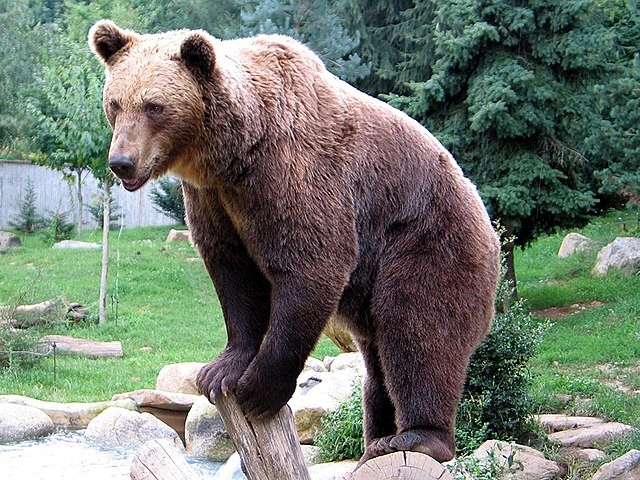Bears are large, powerful mammals that are found on several continents and are known for their impressive size and strength. Here are some interesting facts about bears that you need to know:
Diverse Species:
There are eight species of bears worldwide, each with unique characteristics. These species include the brown bear, black bear, polar bear, panda bear, grizzly bear, sloth bear, sun bear, and the Andean bear.
Size Variation:
Bears vary in size from the small sun bear, which can be about 2-3 feet tall at the shoulder and weigh around 60-150 pounds, to the massive Kodiak brown bear, which can stand over 10 feet tall on its hind legs and weigh over 1,000 pounds.
Omnivorous Diet:
Bears are omnivores and have a diverse diet. They consume a wide range of food, including vegetation, insects, fish, and small to large mammals, depending on their species and habitat.
Hibernation:
Many bear species hibernate during the winter to conserve energy when food is scarce. During hibernation, their body temperature and metabolism drop, allowing them to survive without eating for months.
Strong Swimmers:
Bears are excellent swimmers, with some, like the polar bear, being specially adapted for aquatic life. Polar bears are known to swim long distances in search of food, even across vast stretches of open ocean.
Territorial Behavior:
Bears are often territorial animals, with individual bears or family groups defending specific areas or food sources. They use scent marking and vocalizations to communicate with other bears.
Complex Communication:
Bears communicate with one another using a variety of vocalizations, including growls, roars, and grunts, as well as through body language and scent marking.
Highly Developed Sense of Smell:
Bears have an extraordinary sense of smell, which is one of the best among mammals. Their olfactory abilities are crucial for finding food, identifying other bears, and locating mates.
Solitary and Social Bears:
Bear behavior can vary greatly, with some species, like the polar bear, being more solitary, and others, like the grizzly bear, being more social, with mother bears raising their cubs.
Endangered Status:
Several bear species are currently at risk of extinction due to habitat loss, climate change, and poaching. The polar bear, in particular, is listed as vulnerable due to the loss of its sea ice habitat.
Cultural Significance:
Bears hold cultural significance in many societies around the world. They are featured in myths, legends, and art and are often associated with qualities like strength, bravery, and wisdom.
Ecological Importance:
Bears play a vital role in their ecosystems by regulating prey populations and spreading seeds through their scat. Their role as apex predators has a cascading effect on other species in their habitat.
Bears are not only fascinating creatures but also important components of the natural world. Understanding their behavior, ecology, and conservation status is crucial for their continued survival and the health of the ecosystems they inhabit.










